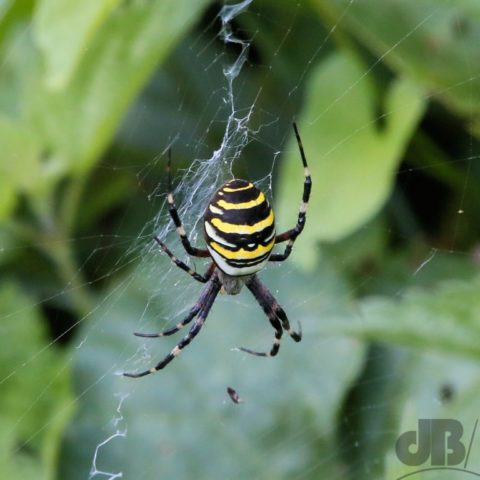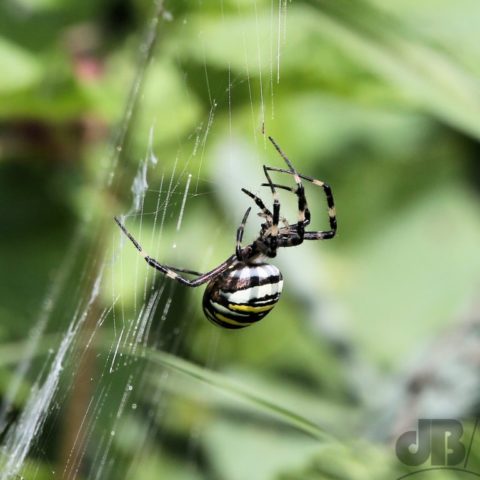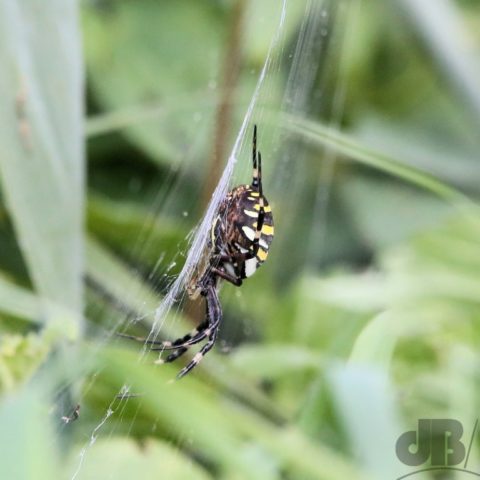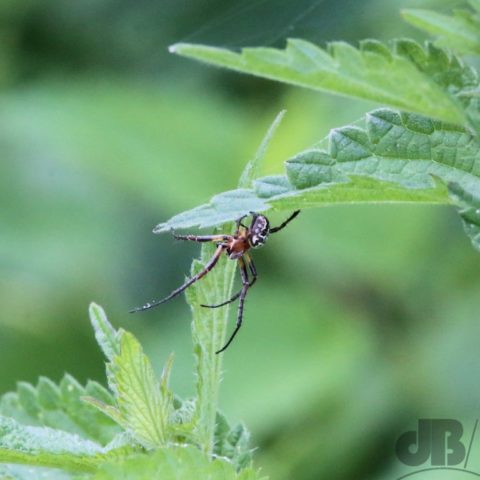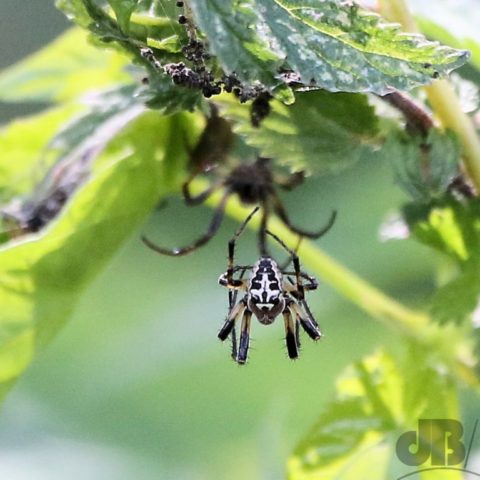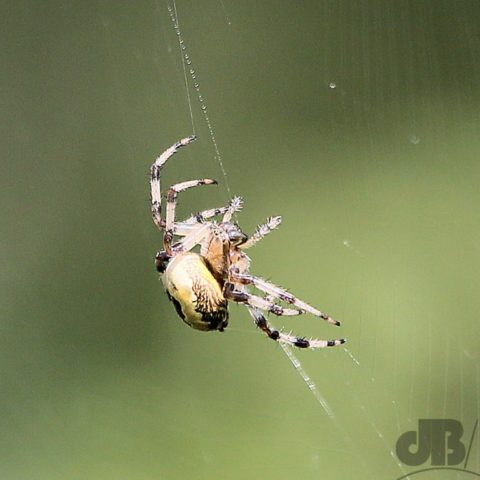A Burying Beetle turned up in the moth trap during the summer. At first, I could hear its beating wings, could see its black and yellow warning colours and assumed it was some kind of hornet until it landed and I got a proper look at it with its large club-like antennae.
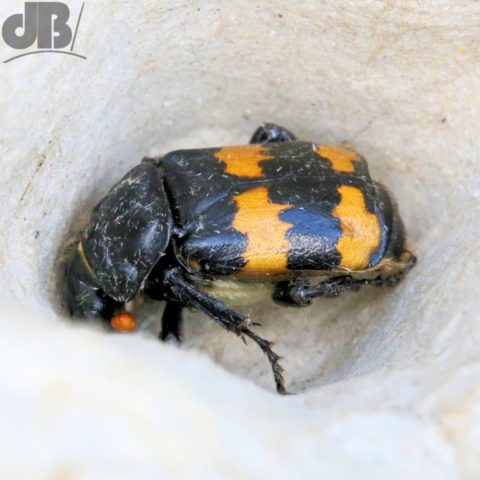
These beetles are attracted to dead vertebrates, birds and rodents, by the volatile and very smelly organosulfur compounds produced by a carcass some time after death. If you’ve ever done any sulfur chemistry you know how unattractive you become after working with such compounds in the lab.
The beetle drags its carcass underground, encases it and sprays it with oral and anal secretions to mask the smell of death to preclude other scavengers finding the stash. The body becomes a food source for the beetle’s larvae once they hatch from the eggs the beetle lays on it.
Unusually among insects, the male and female parents take care of their brood, they even work in communities to bury and protect a large carcass. One amateur naturalist friend of mine says he has seen one such beetle dragging a dead Dunnock underground.
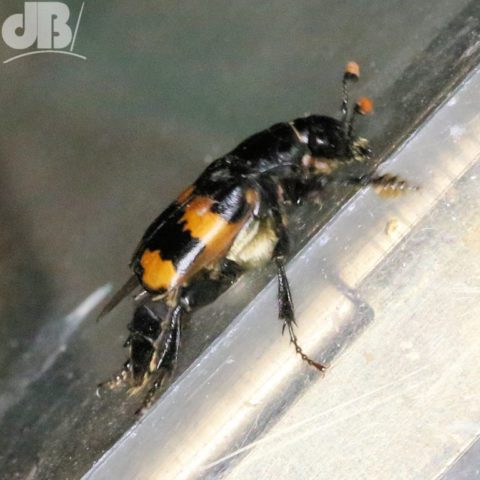
Everyone interested in such insects warns you not to handle them as they smell foul and the smell transfers to your skin. Apparently, it takes longer to get the stink off your fingers than it does for a wasp sting to subside! Although I wonder whether the vinegar trick for denaturing skunk spray and fox poo odours might work (bathing in tomato ketchup).
It seems that Burying Beetles secrete a chemical brew through their anus from rectal glands. This spray consists of aliphatic acids and terpene alcohols that smell foul. Among the various molecules are methyl or ethyl esters of 4-methylheptanoic acid and 4-methyloctanoic acid which seem to be male pheromones to attract females.
Some comments on the Moth Trap Intruders Facebook Group suggest that not all specimens stink but that if you do wish to examine them it is best to collect them into a glass, rather than a plastic, pot to preclude the smell being absorbed into the plastic from which it will slowly emanate for months to come.
What a wonderful world…
